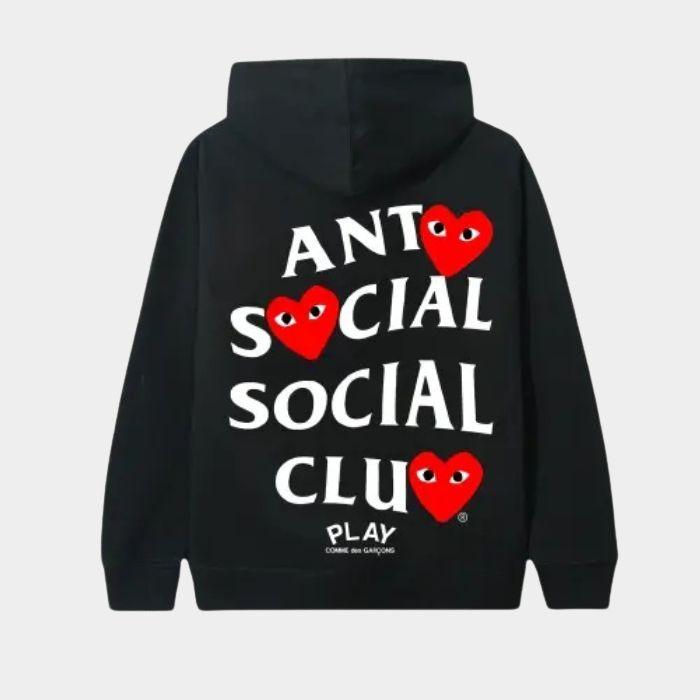Comme des Garçons isn’t just a label you spot in boutique windows or Instagram grids. It’s a cryptic dialect spoken through fabric, silhouette, and texture. Wearing it is less about trend-chasing and more about deciphering an elusive message. There’s a philosophy here, a meditation in folds and voids, where absence speaks louder than ornamentation. The brand’s allure lies in its ability to communicate in whispers, subtle yet profoundly unsettling.
The Birth of Avant-Garde: Rei Kawakubo’s Vision
Early Challenges and Radical Aesthetics
Rei Kawakubo launched Comme des Garcons in 1969, in the heart of Tokyo’s experimental energy. Her early collections were raw, almost confrontational, defying conventional beauty and elegance. Critics scoffed. Buyers hesitated. Yet, Kawakubo’s refusal to bow to the mainstream established her as a pioneer who would shape the vocabulary of avant-garde fashion.
Breaking Western Fashion Norms
When Kawakubo crossed into Paris in the 1980s, she dismantled the Western canon. Models appeared like walking sculptures, fabrics draped in unfamiliar geometries, colors muted or discordant. It wasn’t just clothing—it was a critique, a subtle rebellion against the rigidity of haute couture.
Deconstructing the Familiar: The Art of Abstraction
Distortion and Disassembly
Comme des Garçons thrives on subversion. Jackets sag where they shouldn’t, seams protrude unapologetically, and shapes dissolve into abstraction. This deconstruction forces the wearer—and the observer—to rethink the silhouette, to see the human form as something malleable, almost fluid.
Conceptual Storytelling Through Garments
Every piece tells a story, albeit one that demands active interpretation. It’s an intimate language where pleats, slits, and oversized proportions become verbs, adjectives, and punctuation. Wearing a CdG piece is like reading a fragmented poem, full of tension, pauses, and unresolved narratives.
Texture, Fabric, and Form: Communicating Without Words
The Unconventional Materials
Kawakubo’s choice of materials defies predictability. Plastic, neoprene, felt, or stiff cotton—nothing is simply functional. Each fabric carries intention, a tactile vocabulary that speaks volumes without uttering a single word.
Tactile Narratives and Layering
Layering isn’t just aesthetic; it’s a dialogue. Underlayers peek, sometimes clash, sometimes harmonize. The wearer becomes a participant in this cryptic conversation, feeling the tension between softness and rigidity, transparency and opacity.
Symbols and Signifiers: Hidden Messages in Design
Logos, Patterns, and Subtle Cues
CdG rarely shouts its presence. Logos are cryptic, prints ambiguous. A heart here, a stripe there, a blacked-out silhouette—it’s all coded language for the initiated. Fans recognize these motifs like insiders deciphering arcane runes.
Cultural References and Cryptic Inspirations
Japanese folklore, European art movements, and urban subcultures all bleed into the designs. Kawakubo borrows, bends, and translates these references, embedding stories that are at once personal and universal. It’s cultural palimpsest in motion.
Collaborations and Codes: How Comme Translates into Pop Culture
High-Profile Collaborations
From Nike to Supreme, Comme des Garçons decodes itself for new audiences without losing its signature elusiveness. These collaborations act like semiotic bridges, translating the brand’s private language into a more public lexicon while retaining its mysterious aura.
Streetwear Crossovers and Linguistic Fusion
Streetwear absorbs CdG codes with enthusiasm. Logos become badges of cultural literacy, garments act as markers of taste and subcultural understanding. It’s a subtle infiltration into the collective consciousness, a quiet domination of street-level aesthetics.
The Philosophy of Imperfection: Wabi-Sabi in Fashion
Beauty in Asymmetry and Flaws
Imperfection is intentional. Irregular hems, mismatched textures, unfinished edges—they echo the Japanese philosophy of wabi-sabi, finding elegance in the incomplete. Each flaw is a statement, a rebellion against perfection, and a celebration of the transient.
Emotional Resonance Over Commercial Appeal
Unlike mass-market labels, CdG seeks emotional engagement rather than instant consumption. Wearing it isn’t about fitting in; it’s about experiencing, feeling, and sometimes, confronting discomfort in style.
Legacy and Influence: Decoding the Unspoken Rules
How Other Designers Speak Comme
The ripple effect is unmistakable. Designers worldwide adopt the vocabulary—deconstruction, minimalism, asymmetry—but few capture its philosophical depth. CdG remains a masterclass in subtle disruption.
The Continuing Allure of the Enigmatic Brand
The mystery endures because it’s never fully explained. Fans, collectors, and casual observers all engage in a silent dialogue, decoding signs and symbols. Comme des Garçons is less a label and more a living lexicon, constantly evolving yet eternally enigmatic.
Conclusion: The Silent Dialogue of Style
In the end, Comme des Garçons communicates in shadows, textures, and silence. Its language is intricate, sometimes contradictory, but always compelling. To wear it is to participate in an ongoing conversation that transcends trends, borders, and conventional aesthetics. Style becomes thought, and fashion becomes philosophy—spoken softly, yet unmistakably.



